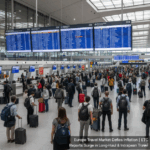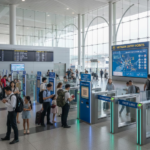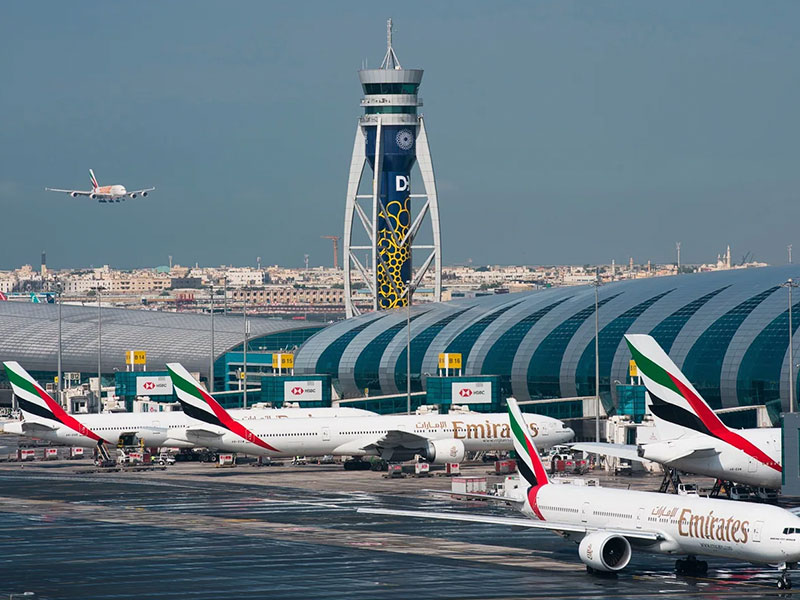Dubai International Airport (DXB) has seen a significant resurgence in a post-pandemic world, with nearly 87 million passengers passing through its terminals last year. While this figure falls short of the airport’s all-time record of just over 89 million passengers in 2018, it reflects the revival of international travel in the current setting.
Paul Griffiths, the CEO of Dubai Airports, attributed this success to the airport’s investment in technology and the dedication of its staff. He stated, “I think our performance post-pandemic has been quite exceptional and a tribute to the investment we’ve made in the technology to smooth things along and also, in our people who’ve performed absolutely magnificently.”
India, Saudi Arabia, the United Kingdom, and Pakistan are among the airport’s largest markets. Despite ongoing conflicts, Dubai International Airport also serves airlines based in Russia.
Dubai was one of the first major cities to reopen after the pandemic, contributing significantly to the city’s economy. Griffiths emphasized the economic impact of increased visitors, noting its effects on traffic, hotel occupancy, and the general economy of Dubai.
Looking ahead, DXB has plans to remodel for future growth. Griffiths mentioned, “Ultimately, there will come a time when a new airport will be required to continue to fund the expansion of the aviation sector,” indicating ongoing discussions about future infrastructure developments.
Currently, Dubai International Airport offers connectivity to 262 destinations in 104 countries, further solidifying its position as a key player in the global aviation industry.















More Stories
AI Travel Apps & Gadgets Revolutionize 2025 Journeys: Smarter Planning, Safer Adventures
IndiGo Chaos: 500+ Cancellations, Fares Skyrocket to ₹70,000 Amid Crew Shortage & Tech Glitches
Turkish Airlines and Marriott Hotels Crowned 2025’s Top Travel Brands by Global Traveler